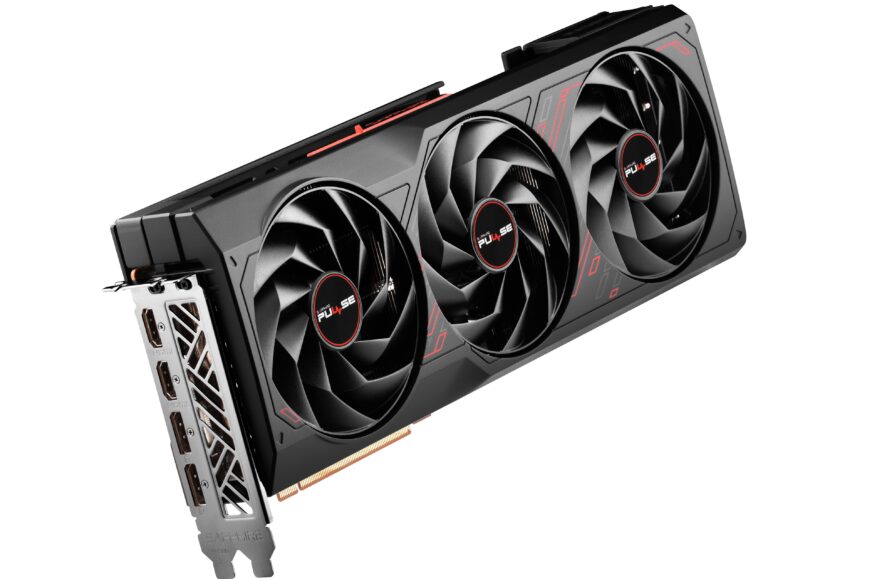The Only RDNA 4 Model with 12GB of Memory?
Last week, the specs for the Radeon RX 9060 XT leaked – a card that will likely be AMD’s main competition for Nvidia’s freshly launched GeForce RTX 5060 Ti and RTX 5060 and is expected to go on sale in early June. But in the meantime, AMD may release another graphics card – the Radeon RX 9070 GRE, which could fill the gap just below the RX 9070. And the specs for this card have now also been leaked.
Radeon RX 9070 GRE (which now stands for Great Radeon Edition rather than Golden Rabbit Edition or anything based on the Chinese calendar, unlike before) will reportedly use cut-down Navi 48 chips, just like the RX 9070. However, the GRE model will have only 3072 shaders (48 CUs) active out of the 4096 physically present (64 CUs). This allows AMD to use chips with numerous defective CU blocks. This third configuration with 48 CUs is said to be called Navi 48 XL internally (while 64 CU and 56 CU configurations are called XTX and XT respectively).
Interestingly, this GPU is expected to feature higher clock speeds than the RX 9070 – with boost reportedly at 2.79 GHz instead of 2.52 GHz. That said, it’s still below the RX 9070 XT’s 2.97 GHz. Non-reference models could naturally come with factory-overclocked settings. Higher clock speeds suggest that the RX 9070 GRE will likely be less power-efficient than the RX 9070 (i.e., lower performance-per-watt) and will also offer less headroom for manual overclocking.
It’s confirmed that the card will use a 192-bit memory bus, which seems primarily intended to reduce VRAM capacity to 12 GB. This should make the card cheaper than the 16GB RX 9070 – otherwise, the production cost would be nearly the same. More savings could be realised by using slightly less costly GDDR6 chips, as the (effective) memory clock is reportedly just 18.0 GHz, according to VideoCardz.

As a result, memory bandwidth will drop not just to 75% of the 256-bit cards but even lower – to 432 GB/s. That’s just 67.5% of the bandwidth that is available to the RX 9070 and 9070 XT. But the RX 9070 GRE should also deliver only about 70.5% of the raw performance of the RX 9070 XT (based on shader count and boost clocks) – so hopefully, the performance won’t be too unbalanced.
The card’s TDP (power draw of the whole graphics card under load) hasn’t been confirmed yet, but it’s likely to be close to or around the RX 9070’s 220 W. In the worst-case scenario, it shouldn’t exceed 250 W – at least for non-overclocked variants. OC models, of course, are a different story.
Launching in May or June?
It would make sense for AMD to aim at filling the rather large gap left between the Radeon RX 9070 and the upcoming Radeon RX 9060 XT, with the new GRE card. Its performance and price are expected to land somewhere in between those two models, too.
The exact launch date for the GRE is still unknown, though according to VideoCardz, it’s still expected to arrive in Q2 – meaning May or, at the latest, June. It also remains unclear whether, given the “GRE” label, this card is intended exclusively for the Chinese market, or whether it will see a global release like the Radeon RX 7900 GRE.
Source: VideoCardz
English translation and edit by Jozef Dudáš
⠀











